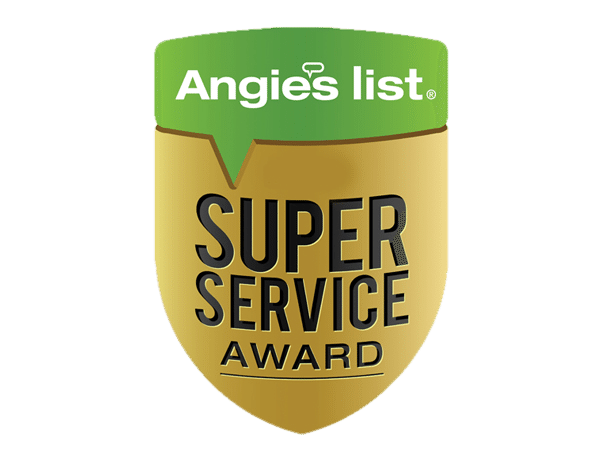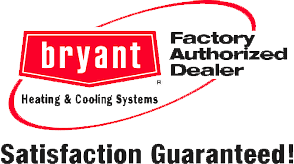 The Dayton area’s urban smog isn’t the only pollution you should watch out for if you want to stay healthy. The volatile organic compounds produced right inside your home are also something you’ll need to get a handle on.
The Dayton area’s urban smog isn’t the only pollution you should watch out for if you want to stay healthy. The volatile organic compounds produced right inside your home are also something you’ll need to get a handle on.
Harmful Chemicals in Your Air
Volatile organic compounds (VOCs) are gases emitted from a wide variety of common household substances and materials. The group includes such harmful chemicals as acetone, terpenes, benzene, and formaldehyde. These indoor air pollutants can come from new carpet, new upholstery, wood preservatives, paint, varnish, air fresheners, perfume, moth balls, and even newspaper print.
Breathing these chemicals can leave you with headaches, irritated eyes, nose and throat, nausea, and dizziness. Long-term exposure to certain VOCs has been linked to cancer and exposure to VOCs in high concentrations can cause damage to the liver, kidneys, and central nervous system.
Keeping Your Air Clean
The most effective way to protect yourself from volatile organic compounds is to keep them out of your home. When possible, choose VOC-free carpets, paint, and other products for your home improvement jobs. Avoid scented products such as air fresheners and fabric softener sheets or use only natural products.
Good ventilation that prevents VOCs from building up is your next best defense. When you bring in new furniture, curtains or carpeting that might not be VOC-free, keep the windows open for a while to let out the fumes these items off-gas. Make sure there’s plenty of airflow any time you use paint, varnish, heavy-duty glue or another substance that gives off fumes.
Your home should have a ventilation system to manage not just VOCs, but also contaminants such as mold spores and pet dander, and humidity. Using your kitchen and bathroom vent fans properly helps, but for optimal indoor air quality, consider having a whole-house ventilation system installed.
A standard mechanical HVAC filter, such as a fiberglass or synthetic media filter, can’t trap VOCs. To remove VOCs from your air, you’ll need an air cleaner that uses activated carbon to absorb the gaseous chemicals from the air.
Our goal is to help educate our customers in Dayton, Ohio about energy and home comfort issues (specific to HVAC systems).
Credit/Copyright Attribution: “Stephanie Lirette/Shutterstock”







